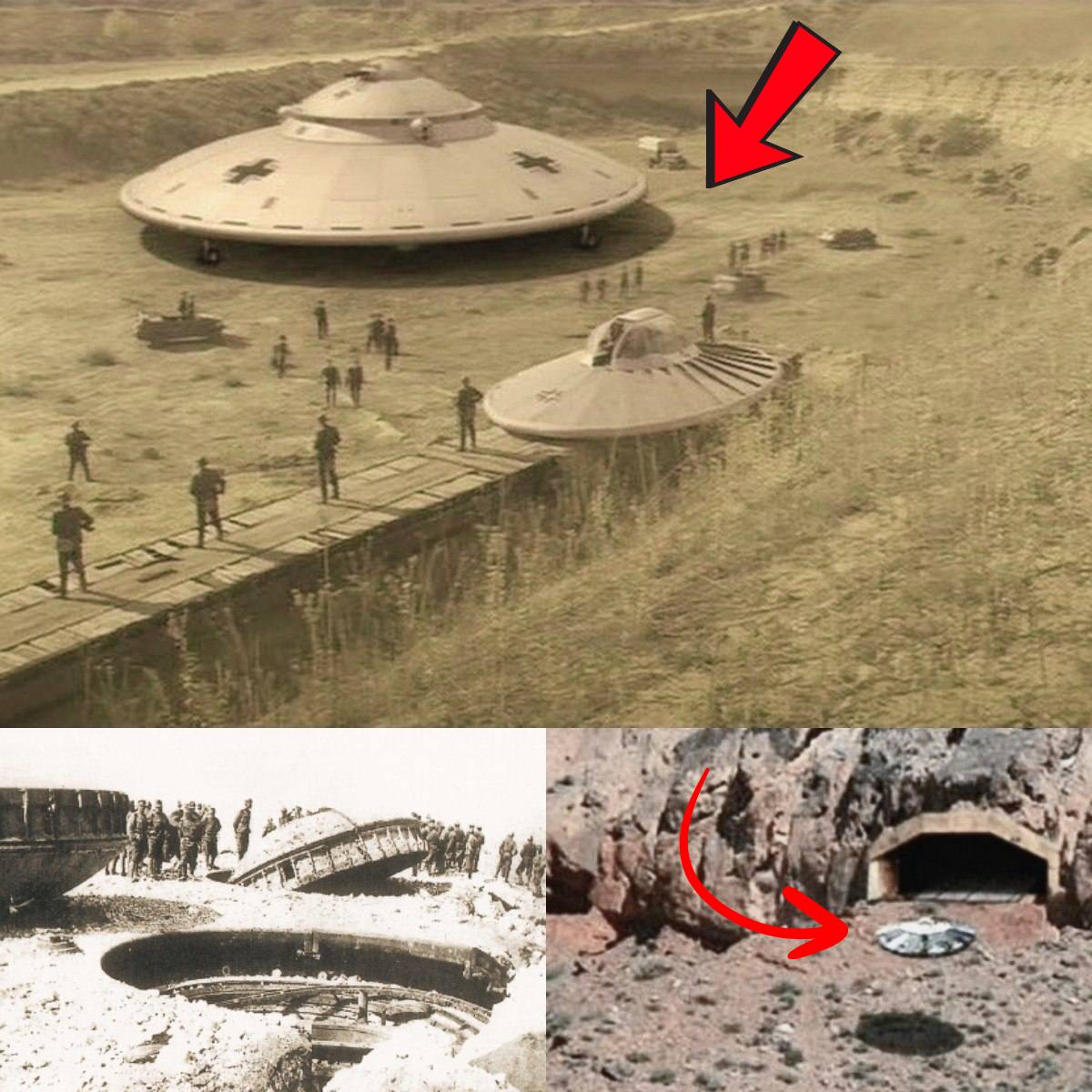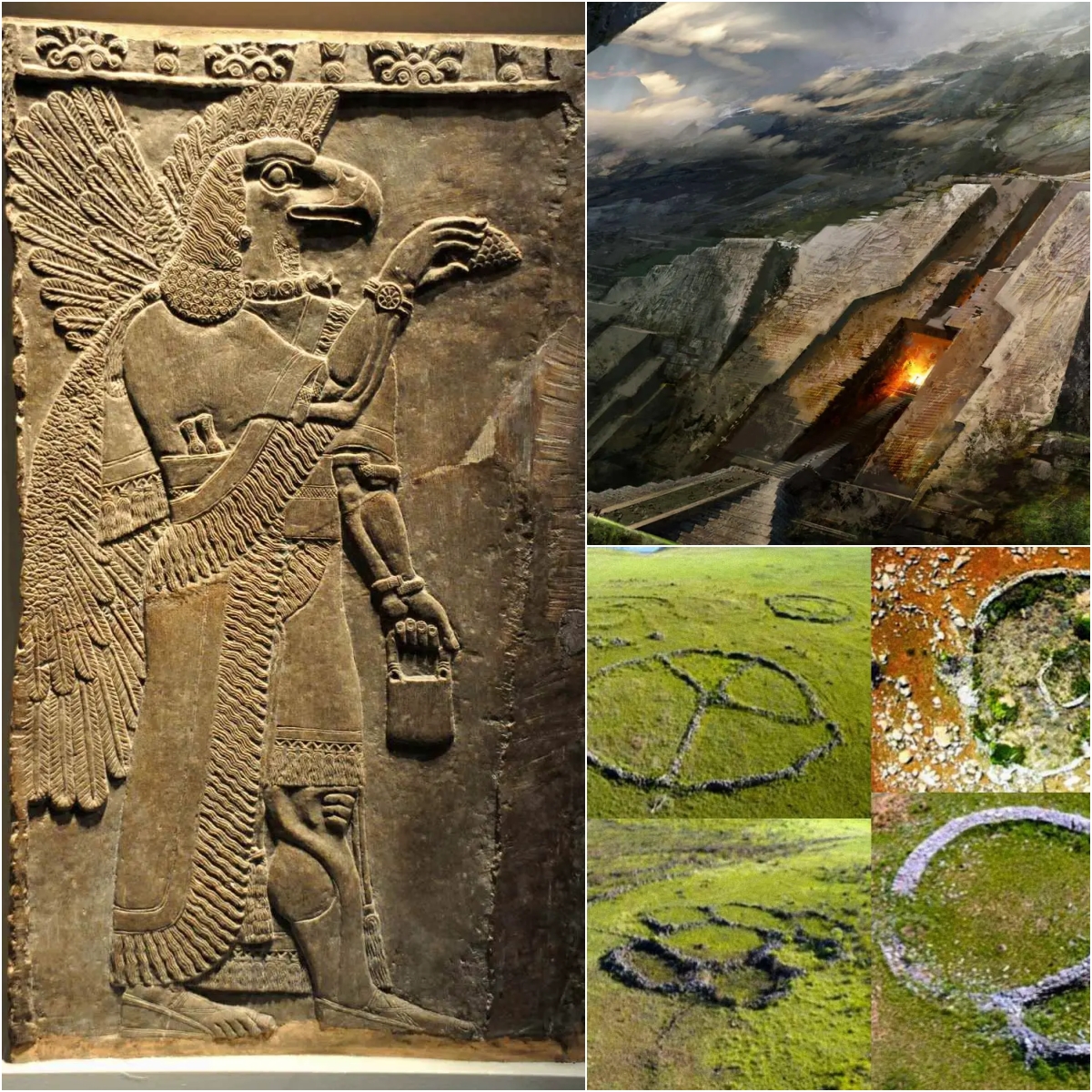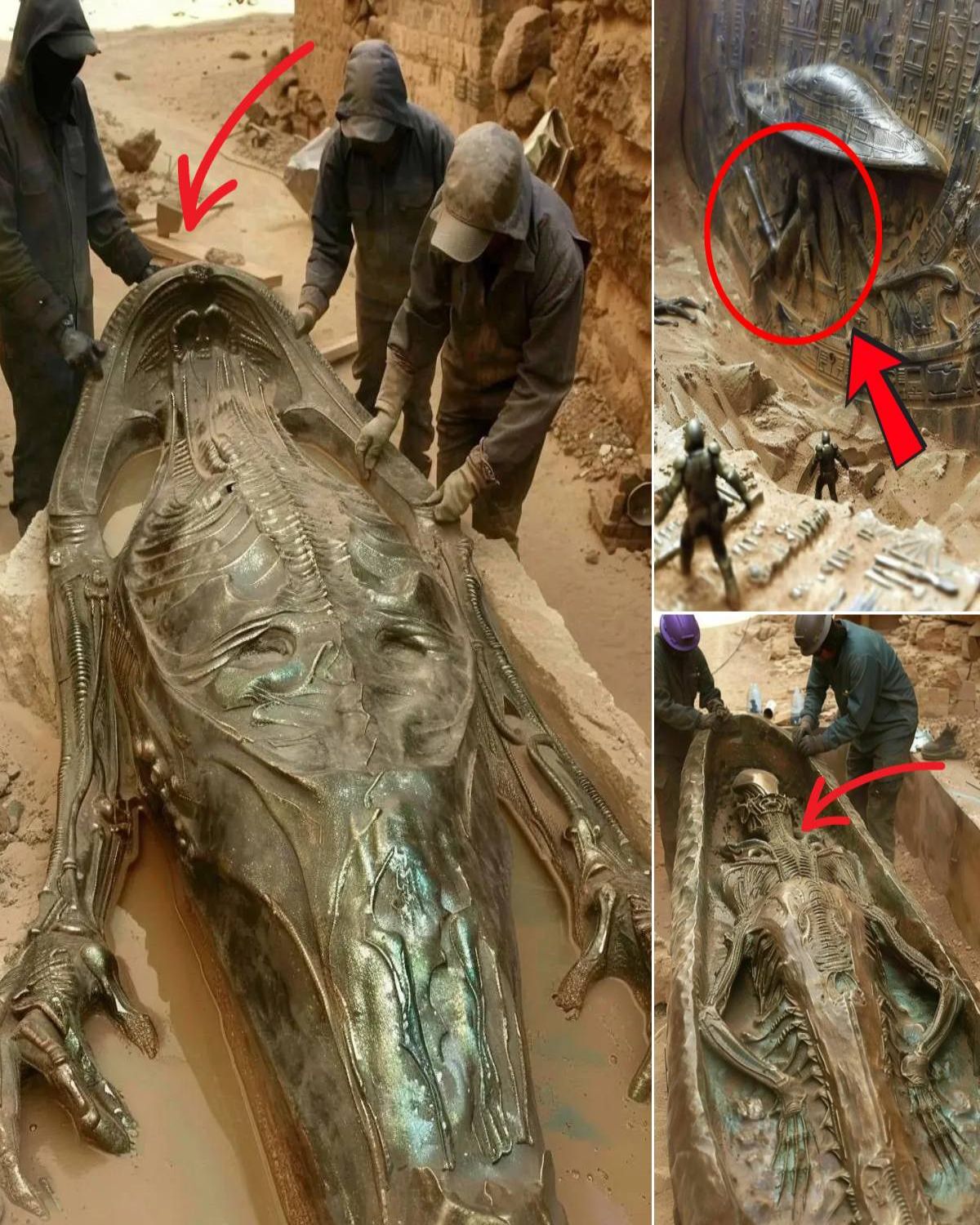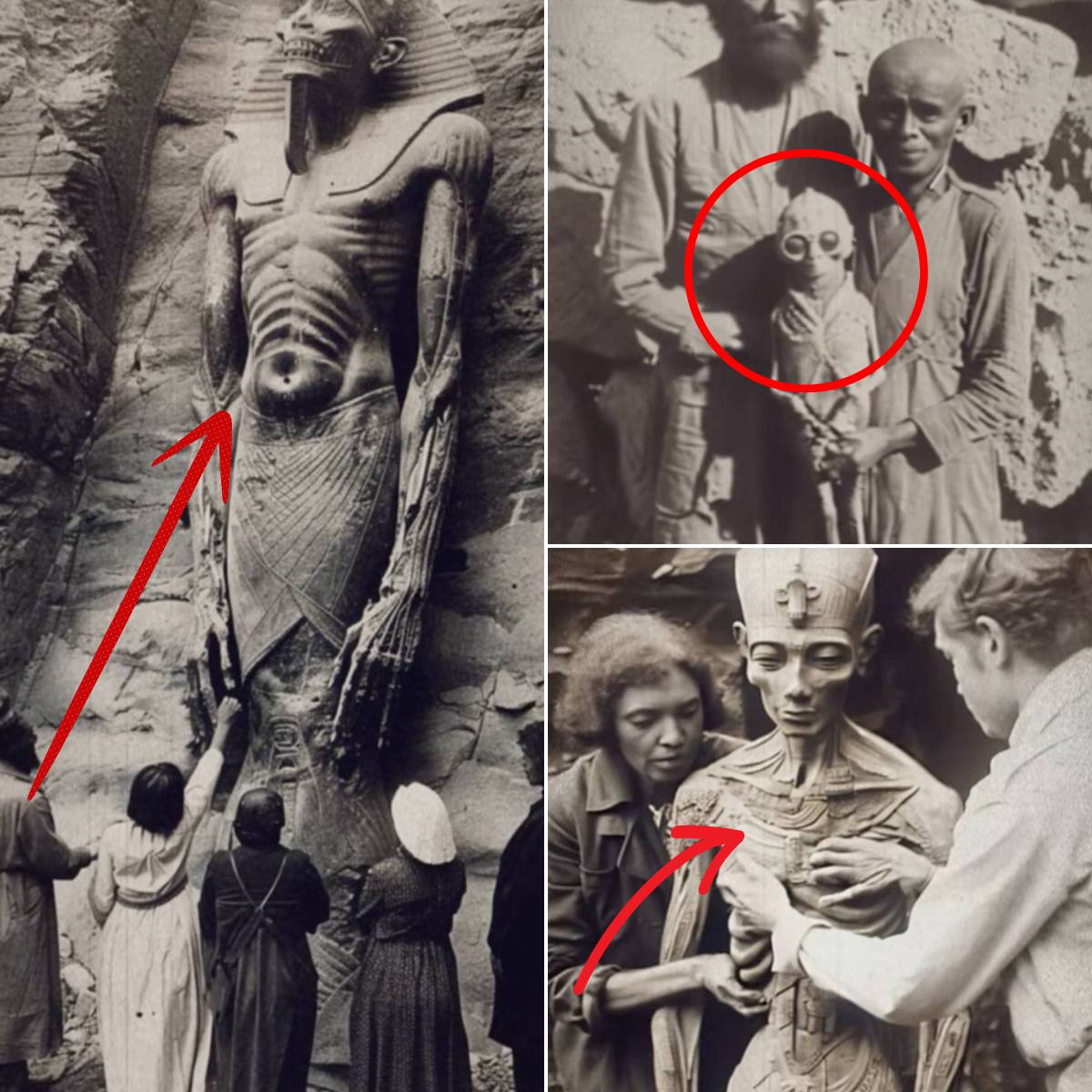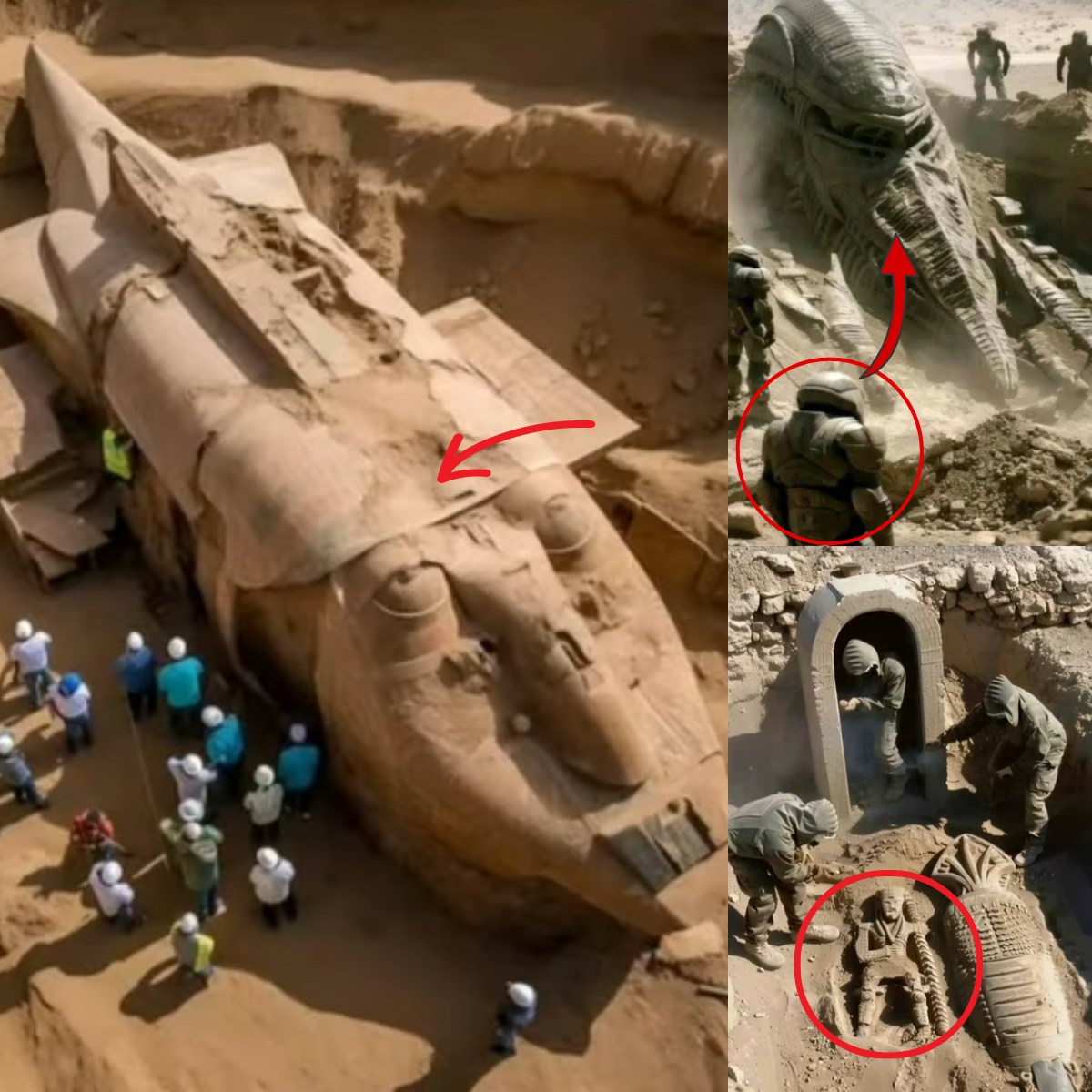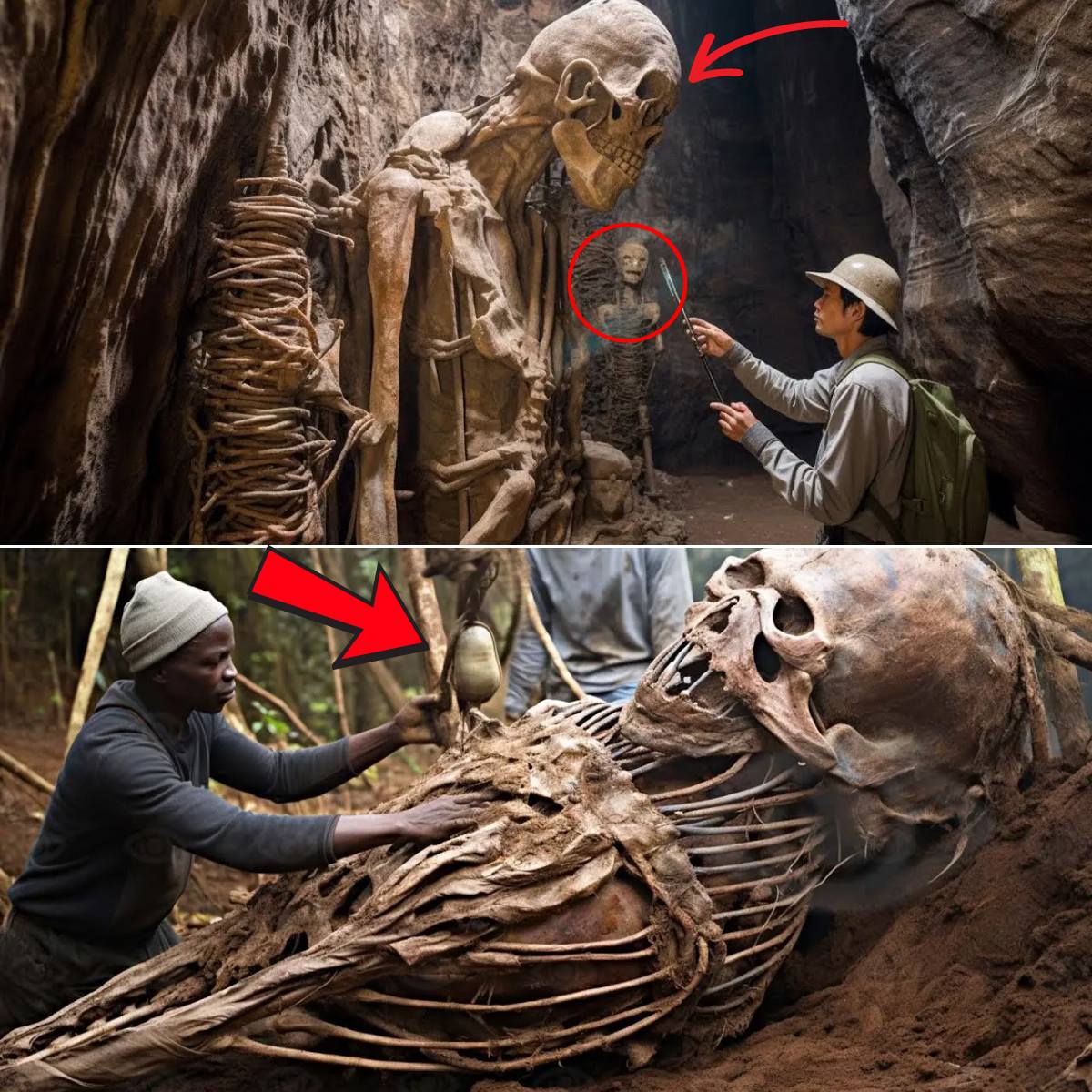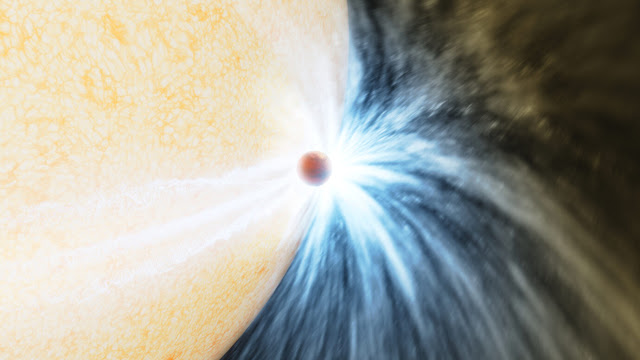
A dusty belch is all that remains of a planet that was gobbled up by a star about 12,000 light-years away. It marks the first time anyone has seen a star in the act of eating a planet.
A brief burst of light captured by a couple of telescopes was probably caused by a planet about 10 times the mass of Jupiter being swallowed by its sun, researchers report May 3 in Nature. It’s a dramatic end that is the eventual destiny of many planets, including Earth.
“Planetary engulfment has been predicted for a very long time, but their frequency was not well known,” says MIT astrophysicist Kishalay De. “So it was certainly exciting to realize we had found one.”
The discovery came about as De was on the hunt for binary stars. He was using data from the Palomar Observatory in California to look for spots in the sky that showed rapid increases in brightness. Such fluctuations can be a sign of stars coming close enough together that one will suck matter from the other.
One event from 2020 stood out. A spot of light rapidly got about 100 times as bright as it had been. It could have been the result of two stars merging. But a second look by NASA’s NEOWISE infrared space telescope suggested otherwise. Data from that observatory showed that the total amount of energy released in the flash was just one-thousandth what it would have been if two stars had merged, and that chilly dust surrounded the mash-up instead of hot plasma that would normally indicate a merger among stars.
The low energy suggested that one of the objects, assuming it was a merger of some kind, wasn’t a star at all. Instead, it was probably a giant planet. As the star noshed on the planet, a stream of cold dust sailed away like cosmic breadcrumbs from a stellar snack.
“I was indeed surprised when we connected the dots together,” De says.
Planet-devouring stars are probably relatively common in the universe, says UCLA astrophysicist Smadar Naoz, who was not involved with the study. But the evidence, she says, has been circumstantial. Until now, astronomers have seen only signs of stars preparing for a planetary snack or debris left over from a presumed stellar meal.
“One of the things that I found in the paper that I really liked was the detective work” that pieced together evidence from multiple telescopes to confirm that the star expanded outward to eat a planet, Naoz says.
Naoz has pondered the ways that stars might gobble up planets. A star in the prime of life might consume a planet that wanders too close by in its orbit — think of that as a stellar lunch, Naoz says. A dying star, on the other hand, will swallow a planet as the star swells to become a red giant (SN: 4/7/20). That’s more like a cosmic dinner.
The planet-eating star in this study is turning into a red giant, but is still early in its transformation. “I would say it’s early supper,” Naoz says.
There’s a lot that’s still mysterious about stars munching on planets, De says. But upcoming observatories with large infrared cameras, he says, should let astronomers look for bright, long-lived infrared emissiosn that might reveal more planet-eating stars.
Our sun will evolve into a red giant and consume the Earth in about 5 billion years. “Because the Earth is much smaller than Jupiter,” De says, “the effects will certainly be more subdued … so finding Earth-like engulfments will be challenging, but we are actively working on ideas to identify them.”
Reference: Nature
